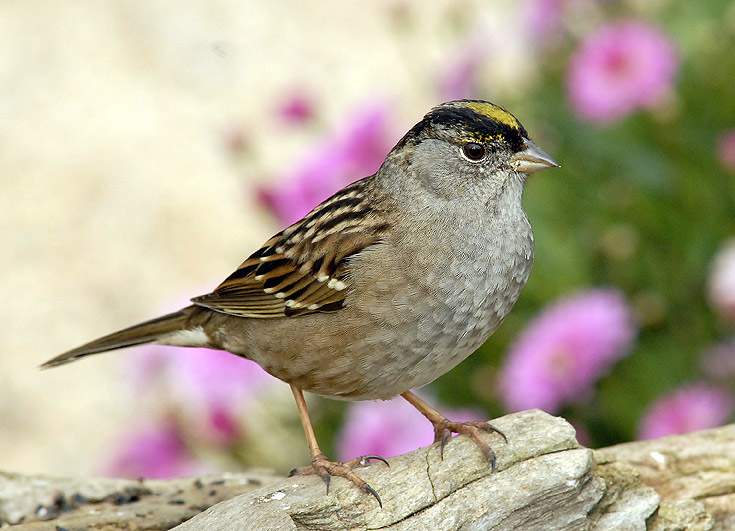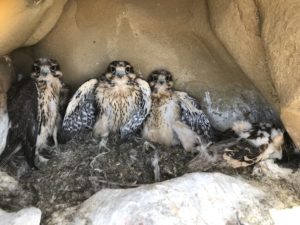The end of the federal government shutdown not only means the reopening of national parks, but for researchers working on federal land, whose work has been on a 15 day hiatus, the recommencement of their projects. But such an unprecedented break, particularly for long-term research, means the repercussions of the shutdown may be felt long after its end.
For Point Blue Conservation Science, formerly Point Reyes Bird Observatory, the shutdown was the first break ever in a 46-year-long songbird study at its Palomarin Field Station in Point Reyes National Seashore. While Point Blue owns the field station and its staff were able to continue working in the office, the shutdown suspended all federal research permits, meaning no research could be undertaken right outside the station or within the national seashore.
“We can’t think of any previous breaks like this,” said Tom Gardali, Point Blue’s Pacific Coast and Central Valley Group Director. “Especially since 1979 when we standardized our method so we had a cleaner way of doing analyses.”
The study, which first began in 1966, uses mist nets to trap songbirds, which are then banded and released. The data collected is used to monitor bird population trends, changes in species composition, and the impact of environmental factors such as climate change on bird populations. Each year more than 5,000 birds are banded and at this time of year, because of the annual fall migration, the nets are operated six days a week. “I wouldn’t say it’s the end of the world but to lose this data does complicate our efforts to tell the story of bird populations,” Gardali said.
While the data collected prior to the shutdown did not indicate a particularly anomalous year but with a gap in the data, the integrity of this season’s research may be compromised.
“We might not be able to use any of the data collected this fall in future analyses,” Gardali said. “But we’re going to have to wait and see.”
The Palomarin Field Station has also been pioneering the use of microtechnology to attach small, geolocator tags to individual golden-crowned sparrows and Swainson’s thrushes that pass through Point Reyes. These tags have enabled researchers to begin answering the question of where the species go after they leave.
“It’s a big investment that we’ve made in this particular study that will really help us understand where birds go when they’re not in coastal west Marin,” Gardali said. “And that’s a really big deal.”
The data has so far shown that after wintering in Point Reyes, Swainson’s thrushes tend to head south to the area around Puerto Vallarta in western Mexico while golden-crowned sparrows tend to fly north and breed along the Alaskan coast. However, to retrieve the tags and download the data, the same birds need to be caught again and capturing birds, even with mist nets, is no easy feat.
“It will be hard this year because we now have less time to try and retrieve all the tags,” Gardali said. “But if we can start within the next day, I don’t think the entire season will be lost.”
The research resumed Thursday morning.





